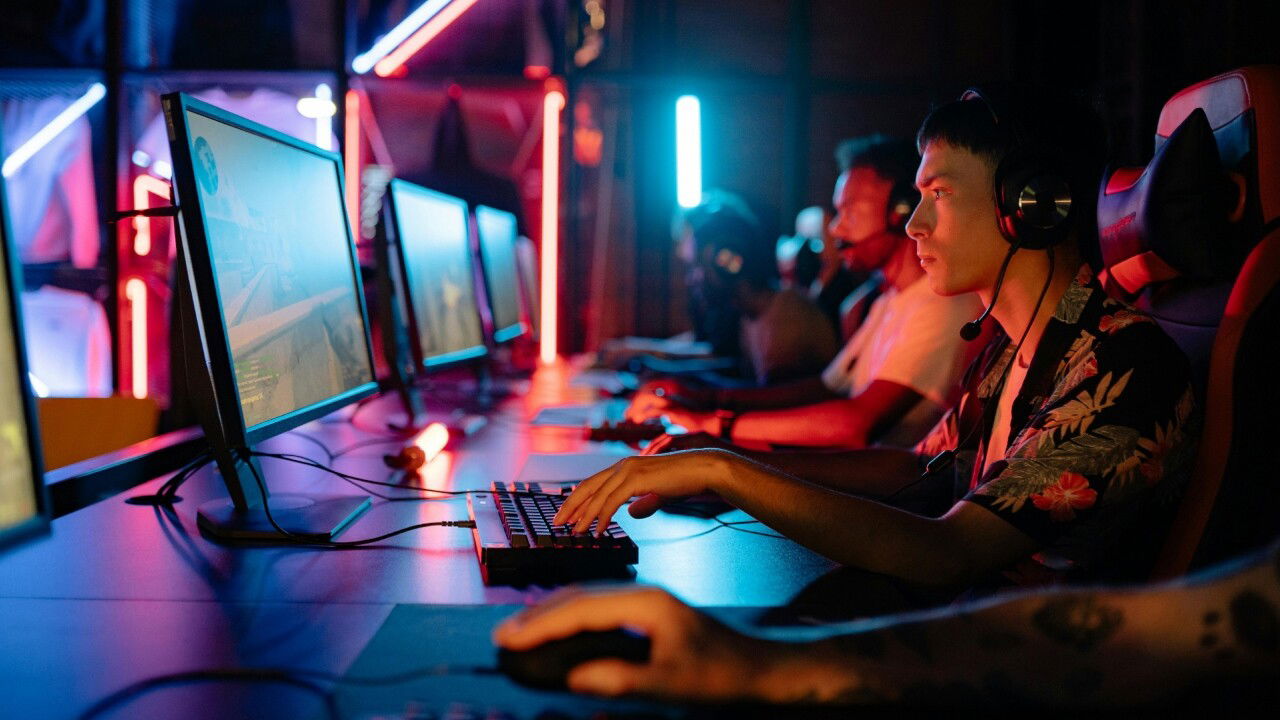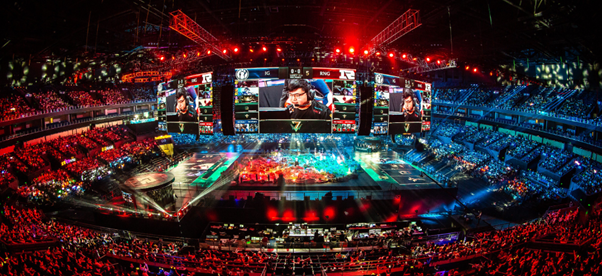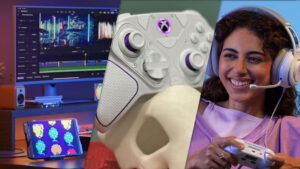To the untrained eye, esports can look like pure instinct. Something you’ve either got or you don’t. Fast reflexes. Lightning reactions. Mind-blowingly fast decision-making. It’s beyond what almost all casual gamers are capable of. But that’s just the tip of the iceberg. There is so much more going on behind the scenes.
Esports just isn’t like video gaming anymore — not at all. It’s training like an athlete (of the thumbs and fingers, at least). Hours of practice. Tactical planning. Endless adjustments to an ever-changing meta. It’s no longer sufficient to just play the game. No, the best teams study it, break it down, and remodel it in their own image.
The Daily Grind
Forget casual gaming sessions. The life of a pro is not signing on and playing with their buddies for a couple of hours. Far from it. Instead, it’s a relentless cycle of training, analysis, and self-improvement. At the highest level, you can expect to put in 10 to 12-hour days, six or seven days a week.
Warm-ups come first — reflex drills, aim trainers, reaction speed tests. Anything to get hands and minds firing at full speed. Then it’s onto scrims — intense practice matches against other top-tier teams, designed to push strategies to their absolute limits. Every move is dissected. Every mistake is logged.
And then comes the real work — VOD reviews (or video on demand to you and me). Players and coaches sit in dark rooms, watching replays, pausing every few seconds to analyze what went right… and what went horribly wrong. Bad positioning? Wrong item choices? Overextension? Every detail is ripped apart, because at the top, the smallest mistake can cost millions.

Coaches
You won’t see them on stage. You won’t hear them in post-match interviews. But coaches? They’re the ones shaping the battlefield.
In games like Dota 2, where the draft phase can literally decide the outcome, coaches are the ones crafting game-winning lineups. They don’t just pick heroes at random — they predict. They know exactly what their opponents like to run, how they play under pressure, and what throws them off balance. A single unexpected pick can unravel months of preparation from the enemy team.
But it’s not just drafts. These coaches are psychologists, strategists, and disciplinarians rolled into one. They keep players focused, hammer mental resilience into their brains, and — when things go south — drag them back from the depths of tilt. Some teams even bring in sports psychologists because when the pressure is this high, mental strength is just as important as mechanical skill.
The Meta Game
The worst place to be in esports? Behind the meta. What do I mean by that? Well, in traditional sports, the rules stay the same for decades (or sometimes even centuries!), but competitive video games are in a pretty much constant state of flux. Developers tweak balance, patch in new mechanics, and nerf overpowered strategies all the time. What worked last month might be garbage today. Understandably, this makes it exceptionally hard to stay ahead — and relevant.
In Dota 2, a single patch can flip the entire competitive landscape upside down. One moment, a hero like Phantom Assassin is a must-pick; the next, she’s been nerfed into oblivion. The best teams aren’t just reacting to these changes – they’re anticipating them.
They grind ranked matches on secret accounts. They test unorthodox strategies in low-pressure games. They watch other regions’ tournaments, looking for ideas before they hit the mainstream. And sometimes? They invent the meta themselves — forcing everyone else to catch up.
More Than Just Spectators
Sure, esports is brilliant for the players, but so much of the focus is on the people watching. Fans analyze, debate, predict, and bet. Esports is about flawless preparation, team coordination, and adapting to that pesky and ever-changing meta. While coaches spend hours studying opponents, fine-tuning strategies, and optimizing their gameplay to stay ahead, so do fans! For many, it’s this level of detail that makes competitive betting on Dota 2 so exciting. For others, it’s just the joy of the research.
Just like football fans study player stats before watching the match, esports fans break down hero picks, team synergy, map advantages, and historical performance. Some even track scrim results and tournament draft trends for bragging rights at the bar after the match.
The Stakes Have Never Been Higher
When competitive esports began, the stakes were not exactly life-changing. It was more of an option to play top-quality games and be recognized for your prowess. But it’s a totally different story now. Esports has blossomed from its underground roots, and there are some huge prizes available! At this level, it’s not just about winning. It’s about careers, legacies, and money. A single clutch play can secure a future. A single mistake can send a team home empty-handed.



